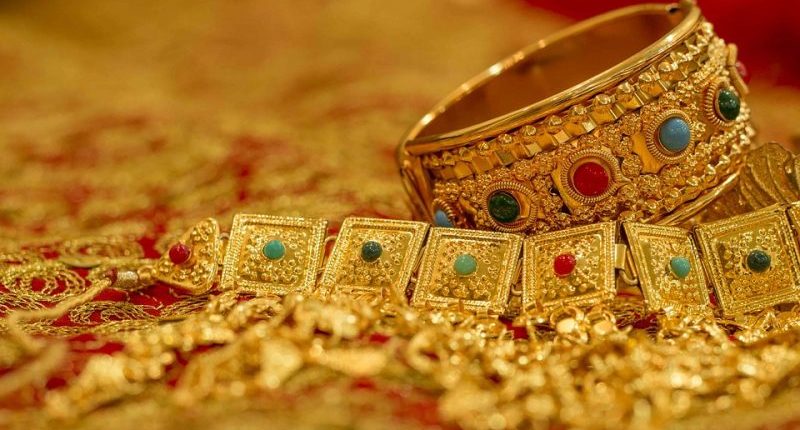Gold is an integral part of the Indian culture and is widely used in wedding ceremonies. The newly-wed brides wear so much gold jewellery, it breaks their neck. To satiate this love for gold, India imports 800-900 tonnes of gold each year, making it the world’s largest importer of this precious metal.
Gold is a hedge against inflation with weakness in the financial markets, boosting its price. The coronavirus crisis, US-China tensions, and fading hopes of a quick economic recovery have pushed gold prices to a record high. Gold prices in Bengaluru have topped Rs 54,000 per 10 grams, with similar rates in most cities. This begs the question, should you still invest in gold at these record prices?
Gold has beaten most asset classes and given excellent returns. Analysts recommend gold holdings of at least 5%-10% in your portfolio. Fortunately, you don’t need to buy physical gold where there’s a threat to its safety and high bank locker charges. Gold Exchange Traded Funds or Gold ETFs are an alternative where you don’t have to worry about quality and storage.
Also Read: Bharat Bond ETF offers long-term investment benefits with liquidity and low costs
The Gold ETF is an open-ended mutual fund, tracking physical gold prices in India. Gold ETF units represent physical gold and are traded on the Stock Exchanges like the NSE and BSE. Gold ETF is backed by physical gold of high purity, and a unit is equal to 1 gram of gold. You can buy and sell Gold ETFs just like stocks and hold them in your Demat account. You may invest in Gold ETFs through a stockbroker as a lump sum or even a systematic investment plan (SIP). The minimum investment in Gold ETF is 1 unit, equivalent to 1 gram of gold. As Gold ETFs track gold prices, returns are similar to physical gold.
Gold ETFs have no lock-in period and are readily saleable during the market hours, without an entry or exit load. They are stored in digital form and cannot be stolen. Unlike physical gold, there are no making charges, and you can pledge Gold ETFs as collateral for a loan. The expense ratio of the Gold ETF, which is the cost of managing the fund, is lower than other mutual funds at just 1% a year. Do look at broker costs incurred each time units are bought or sold. You also have the tracking error, which arises due to the expenses charged in managing the fund, meaning the Gold ETF cannot mirror actual gold prices.
In a nutshell, a long-term investor remains unaffected by the small up-and-down movement in gold prices. Gold ETFs can replace gold in your portfolio, where you allocate more when prices dip and sell when holdings exceed 10%. Invest in Gold ETFs through SIP in a staggered manner and avoid timing the market.
For any clarifications/feedback on the topic, please contact the writer at cleyon.dsouza@cleartax.in

I write to make complicated financial topics, simple. Writing is my passion and I believe if you find the right words, it’s simple.





